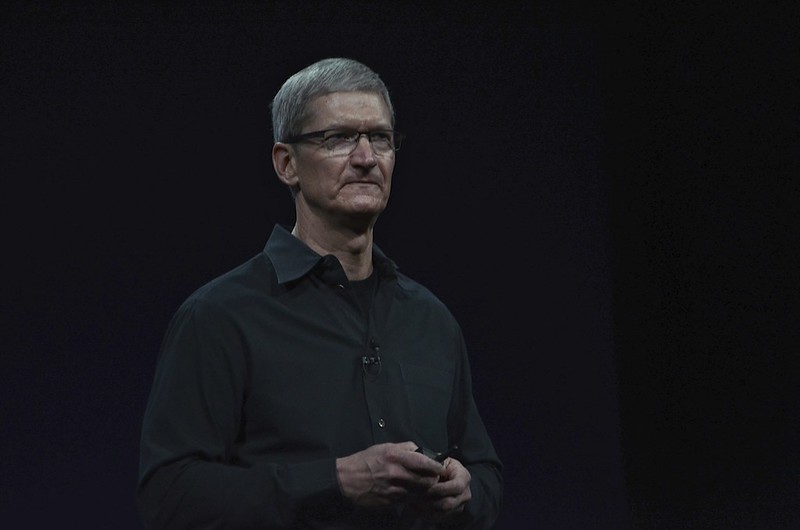Alibaba Tencent and Huawei will take on the west’s technology players and win, predicts Sorrell – Mumbrella Asia – Alibaba Tencent and Huawei may also end up being Galapagos type businesses, or being seen a threat by the Party because of their power. It would also be Huawei at least is a WPP client….
Ideas
The Equality of Opportunity Project – This introductory course, taught by Raj Chetty, shows how “big data” can be used to understand and solve some of the most important social and economic problems of our time
Luxury
Rich Kid Buys Girl 8-Foot Tall Costco Teddy Bear, Gets Rejected | What’s on Weibo – interesting skepticism on viral moments or memes
Free and Easy’s American Dream – Ralph Lauren magazine – great bit of media analysis on cult Japanese style magazine Free and Easy
Security
Source: Deloitte Breach Affected All Company Email, Admin Accounts — Krebs on Security – just wow
China Blocks WhatsApp, Broadening Online Censorship – NYTimes.com – the wrong question being asked. Instead why did it last so long? Expect WeChat usage to pick up in Hong Kong etc for cross border communications
Software
macOS 10.13 High Sierra: The Ars Technica review | Ars Technica – great in-depth review
Technology
Will Imagination Deals Deliver MIPS to China? | EE Times – interesting discussions on the Tallwood VC / Canyon Bridge deal and possible implications for the MIPS eco-system. Interesting that China sees more potential and security in MIPS than ARM….
Digital Evangelist: Imagination Technologies sale to Canyon Bridge – I rather expect that the Hertfordshire based business is likely to suffer the fate of Vertu and end up bankrupt and sold for scrap in less than two years because of mismanagement and the new owner having very little understanding as to just what they own and control Imagination Technologies agrees £550m sale to Canyon Bridge | FT – the MIPS business goes to Tailwood VC (paywall)
